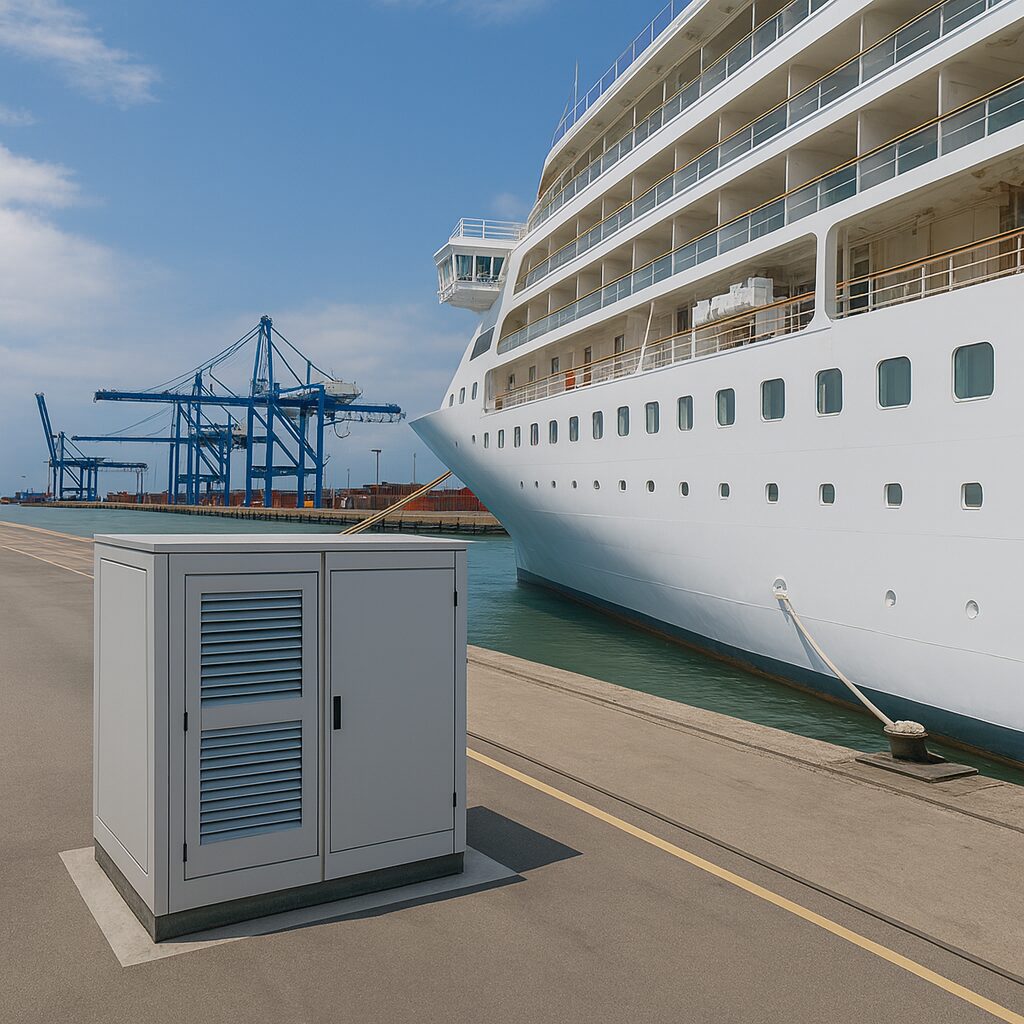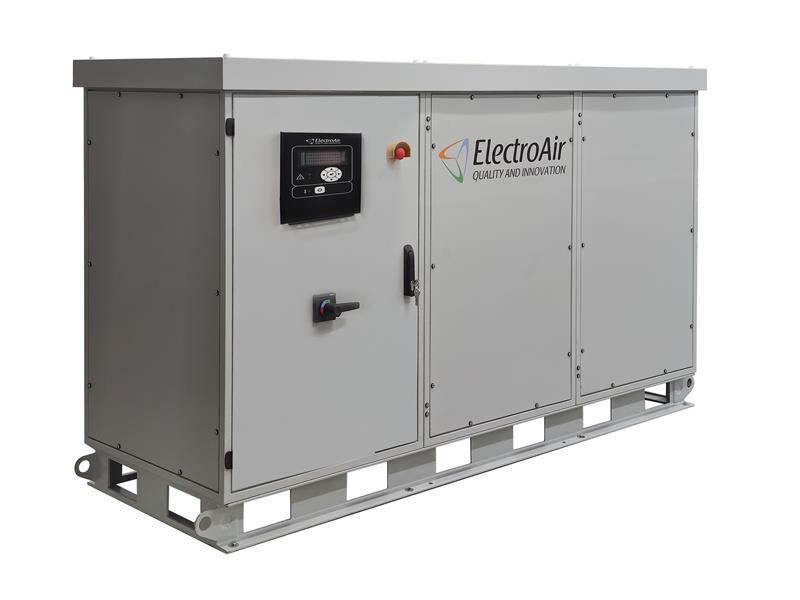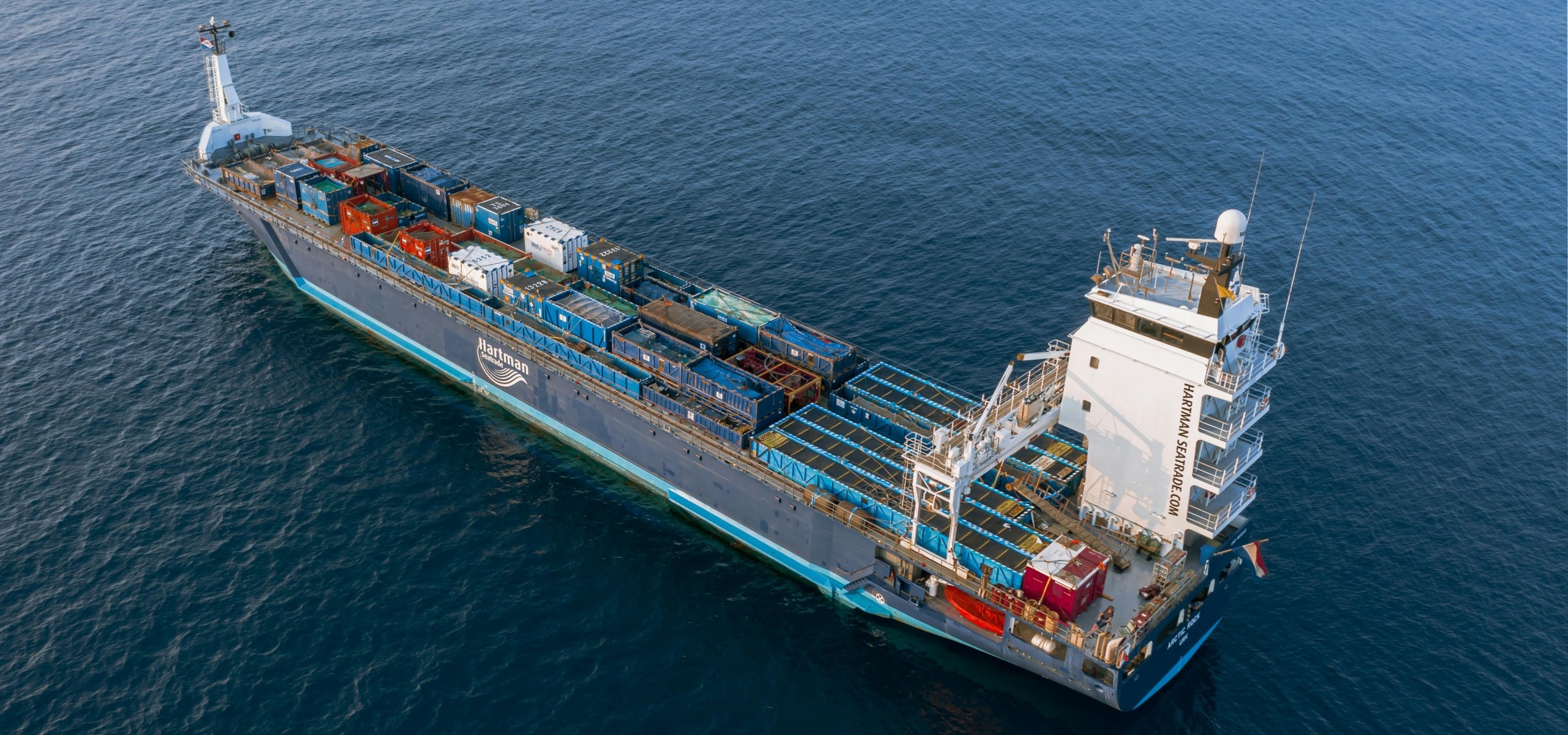Marine Shore Power Solutions by ElectroAir: Clean, Efficient OPS Systems for Ports and Vessels
Marine Power Solutions for Cleaner and Quieter Ports
ElectroAir delivers scalable, marine-grade shore power (OPS) that connects vessels to the grid at berth. Our onshore and onboard solutions cut emissions and noise, reduce fuel burn, and simplify port operations – from ferry terminals and cruise piers to naval bases and offshore facilities.

Overview
Shore power (OPS) allows vessels to switch off auxiliary engines and connect to the port grid while berthed. This eliminates fuel burn at berth, cutting CO₂, NOₓ, SOₓ and PM emissions and reducing noise in densely populated waterfronts. For port operators, OPS also streamlines turnarounds, stabilizes energy costs, and supports decarbonization targets without disrupting marine operations.
ElectroAir’s Marine Power Solutions cover the full stack: onshore conversion (containerized/static frequency converters and connection cabinets) and onboard interfaces (marine-grade converters for voltage/frequency adaptation). Systems are engineered for harsh maritime environments, with corrosion-resistant enclosures, forced-air cooling, smart protections, and remote monitoring for predictive maintenance.
From compact ferries to large cruise liners and naval vessels, our OPS portfolio scales in power and topology – supporting 50/60 Hz and 400 Hz use cases and integrates with smart-port energy management, renewable sources, and battery storage to further lower lifecycle costs and emissions.
Onshore solutions
Our shore-side systems convert and condition grid power to match the vessel’s requirements, delivering safe, stable electricity through robust connection points on the quay.
- Containerized frequency converters (EAS/EAC): modular power blocks sized for cruise, Ro-Pax, and container berths; configurable for 50/60/400 Hz applications.
- ESC connection cabinets: marine-grade switchgear and interlocks, shore-to-ship connectors, cable management (reels/trays), protection & metering.
- Smart-port integration: SCADA/EMS connectivity, load sharing, demand response, and remote diagnostics over Ethernet/wireless.
Typical deployments include cruise terminals, ferry slips, container berths, and mixed-use city piers where emission and noise constraints are most stringent.
Onboard / offshore interfaces
For vessels requiring onboard adaptation, ElectroAir supplies marine-grade converters and hybrid interfaces that ensure seamless compatibility with shipboard distribution systems and propulsion architectures.
- EAC-400M marine converter: onboard frequency/voltage adaptation; ruggedized design for vibration, salt mist, and temperature extremes.
- Hybrid/electric interfaces: support for diesel-electric and fully electric vessels, synchronizing shore and onboard systems without transients.
- Serviceability: modular power stages, hot-swappable fans/filters, event logging, and condition monitoring to maximize uptime.
Standards & compatibility
Our OPS portfolio is engineered to align with international marine standards to ensure safe, interoperable connections worldwide.
- IEC/ISO/IEEE 80005-1 – High Voltage Shore Connection (HVSC).
- IEC 80005-3 – Low Voltage Shore Connection (LVSC) for small/medium vessels.
- IMO/ISO/IEC safety & EMC – enclosures, protection, cabling and earthing built to marine codes.
Compliance with these standards guarantees electrical safety, power quality, and interoperability with modern port infrastructure.

Global adoption & benefits
Ports that implement OPS report substantial environmental and economic gains: fewer emissions at berth, lower noise, and measurable fuel savings for shipowners. With increasing regulatory momentum and sustainability targets, OPS is fast becoming the default for cruise, ferry, and container terminals worldwide.
- Emissions & noise: shut down auxiliary engines at berth; improve air quality in urban waterfronts.
- Energy & cost: predictable electricity pricing; reduced fuel and maintenance costs; integration with renewables and BESS.
- Community impact: quieter piers, better public acceptance of port growth, alignment with city climate plans.

Compare solutions
A quick overview of our core marine components and where they fit best:
| Component | Function | Typical specs | Best fit |
|---|---|---|---|
| EAS/EAC containerized converter | Grid → ship conversion (50/60/400 Hz) | High-capacity, modular, forced-air cooling | Cruise berths, Ro-Pax, container terminals |
| ESC connection cabinet | Safe shore-to-ship interface, protection, metering | Marine-grade enclosures, reels/trays, interlocks | Quays, city piers, mixed-use waterfronts |
| EAC-400M (onboard) | Onboard frequency/voltage adaptation | Marine-grade, vibration & salt-mist rated | Diesel-electric & fully electric vessels |
| EAS-250M (50 Hz static) | Static conversion for dockside applications | Up to 250 kVA, IP54 enclosure | Ferry slips, maintenance piers |
FAQ
What vessels are supported?
Ferries, cruise liners, Ro-Ro/Ro-Pax, naval and auxiliary ships, container and general cargo. Systems scale in power and are configurable for 50/60/400 Hz requirements.
How is safety ensured?
Marine-grade enclosures, mechanical/electrical interlocks, protection relays, insulation monitoring, emergency stops, and compliance with IEC/ISO/IEEE 80005 and IMO codes.
Can OPS integrate with renewables?
Yes. Our converters can be integrated with port EMS/SCADA, on-site solar/wind, and battery storage to reduce grid peaks and optimize energy costs.
Planning a shore power project?
From concept to commissioning, ElectroAir delivers turnkey OPS systems tailored to your berth mix and energy strategy. Let’s design a marine power solution that meets today’s regulations and tomorrow’s growth.
